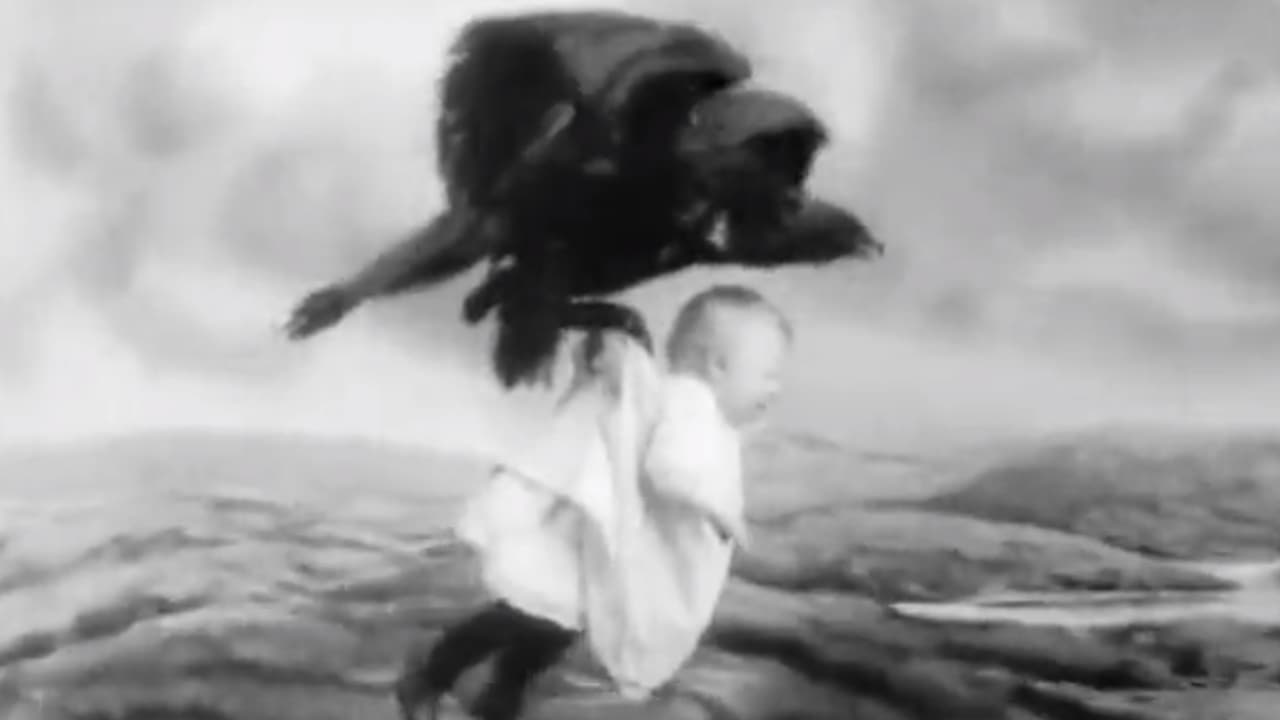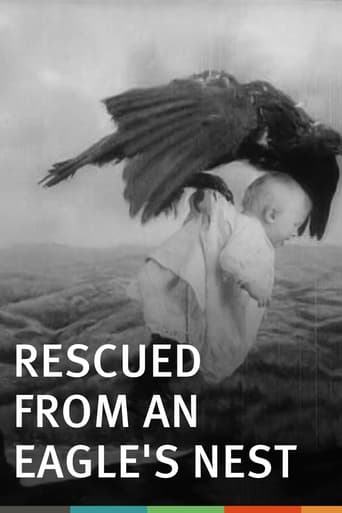

. . . is seen by old Tom Edison's henchmen, working for Edison Manufacturing Company (EMC), as a WANTON DESTROYER OF INNOCENCE merely fit to be lynched with a thick rope and beheaded (combining the once and future tactics of the Ku Klux Klan and Al-Qaeda). The Kino Company's attempt to glorify the "good old days" when EMC had a virtual monopoly in the American film market (thanks to the best lawyers money could buy) in the late 1800s and early 1900s involves cherry-picking the Edison catalog (most of the 400 Edison films available from the U.S. tax-payer funded Library of Congress web site for free download are too racist, too violent, too misogynistic, and\or too tawdry for Kino's elite DVD-buying segment of the commercial marketplace). Such box office challenges as UNCLE SAM GETS TAR & FEATHERED; LIBERTY BELL WHACKED & CRACKED!; or BETSY ROSS BURNS HER STAR-SPANGLED BRASSIERE are white-washed out of Kino's picture to make room for the 17 Edison versions of WATERMELON CONTEST (imagine the worst musings of Jim Crow, and who doesn't enjoy a good spit, eh?). Coming from the guy who personally burned Topsy, the most beloved public entertaining pachyderm of all time, alive in front of a stunned crowd, who could expect more of RESCUED FROM AN EAGLE'S NEST (1908; 7 minutes, 12.03 seconds)?
... View MoreI guess the most convincing performance in this early silent drama comes from the baby as it is carried through the air by an eagle. The poor little ankle-biter screams his (or her) lungs out as we see him flying across a dodgy background while in the eagle's clutches. Really gets into the part, she (or he) does. Most everything else about the film is average at best, but at least the plot is easy to follow. Films were still too early for leading men or women to stamp their personality on a role, so it's not really possible to pass an opinion on the performance of D. W. Griffith and his fellow actors, other than to say they are no better or worse than others of the time. The special effects are pretty second rate - even for 1908 - but director J. Searle Darley demonstrates a sound grasp of the techniques that were then available to him.
... View MoreD.W. Griffith gets his ax, kisses his wife, and tweaks his baby; then, Woodsman Griffith is off to work. While he's chopping down trees, a huge Eagle swoops down and kidnaps his unattended baby. Mother emerges and discovers the Eagle has taken her child; she picks up a rifle, but, wisely, thinks before shooting at the airborne pair. Instead, she goes to get Griffith and his fellow woodsmen, who must see that the baby is "Rescued from an Eagle's Nest".Notable for its star, Lawrence Griffith, who would soon begin unprecedented success as film Director D.W. Griffith. The "special effects" look very phony - and, that baby has incredibly odd looking feet, while in flight! Griffith's final battle with the Eagle is mildly interesting, but there isn't much else here. It might have been a fair film if Edison and company had the bird nesting in a tree cut, or likely to be chopped down, by the woodsmen. Or, they could have made the bird a Vulture ** Rescued from an Eagle's Nest (1/16/08) J. Searle Dawley ~ D.W. Griffith, Henry B. Walthall, Miss Earle
... View MoreIn terms of quality, this is a pretty uneven feature, but it is certainly interesting. The story creates some good suspense, and although it seems pretty far-fetched, it was said to have been based, at least in part, on an actual incident. Some significant parts of the story rely heavily on special effects that do not hold up very well by later standards, yet they do tell the story clearly.This movie might be best known now for the very early screen appearance of D.W. Griffith, as the father whose child is carried away by the eagle. His performance is at least adequate for its time, as are those of the rest of the cast.The movie uses several sequences of visual effects to depict the eagle's capture of the child, and its subsequent conflict with Griffith. As was often the case in movies by Edwin S. Porter and other Edison film-makers, the emphasis is on making it clear what is happening, rather than on striving for a completely seamless or convincing effect. This makes the special effects look very unconvincing now, but to their original audience, they probably looked a lot better.This seems to have been a pretty ambitious effort for its day, and even if it does not look very impressive now, it has enough interesting aspects to be worth watching.
... View More